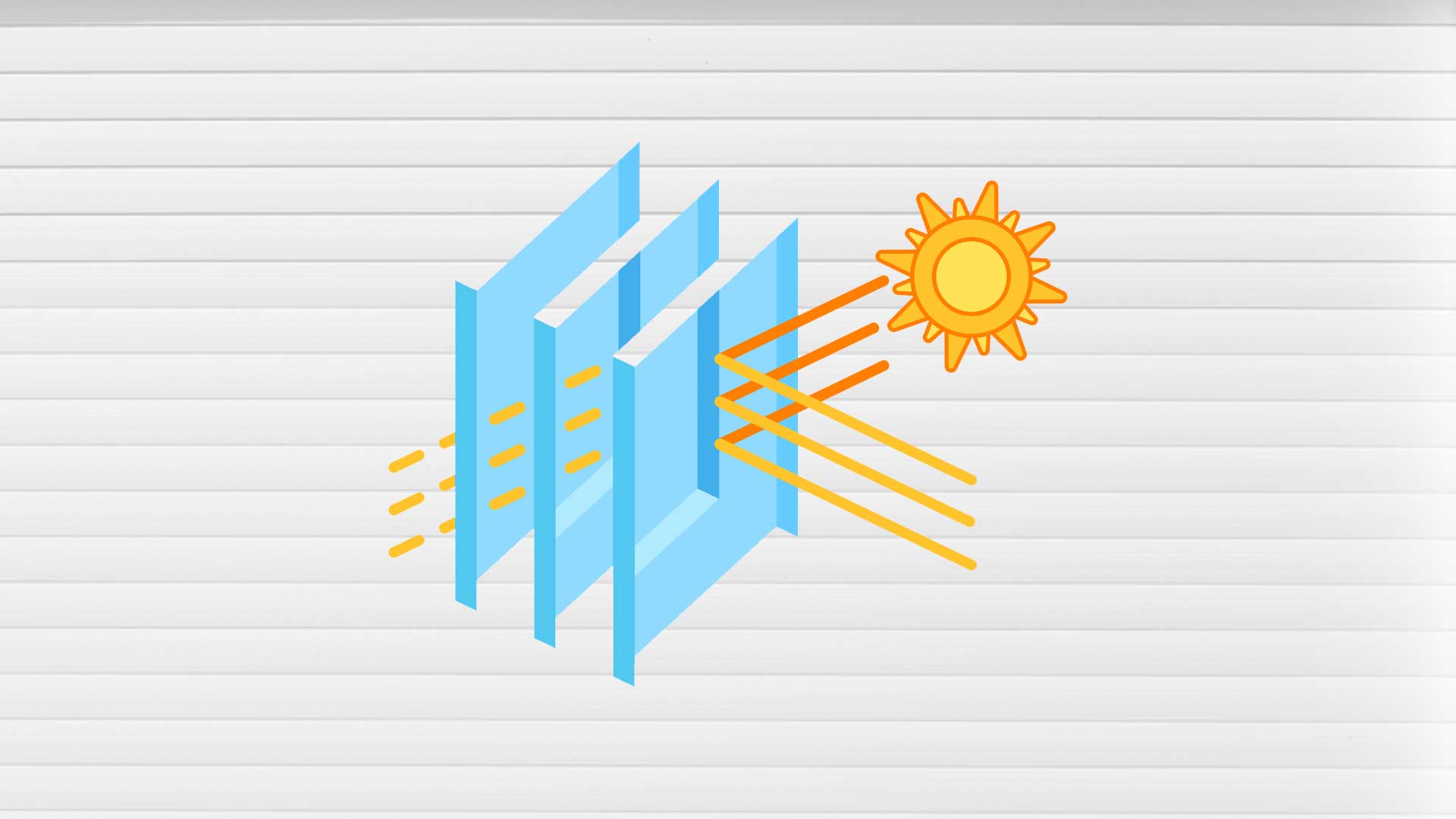Choosing the right insulation for your garage door is crucial for enhancing energy efficiency, reducing noise, and providing additional protection for your garage and its contents. With various insulation types and options available, it can be challenging to decide which one is best suited for your needs. This guide will help you understand the different types of garage door insulation and how to choose the right one for your home.
Why Insulate Your Garage Door?
- Energy Efficiency: Insulating your garage door helps maintain a stable temperature inside your garage, reducing the workload on your heating and cooling systems. This can lead to lower energy bills and a more comfortable home environment.
- Noise Reduction: Insulation helps dampen noise from both outside and inside the garage, making it quieter when the door operates and reducing street noise.
- Protection: Insulation adds an extra layer of protection against the elements, preventing moisture buildup, reducing the risk of rust, and protecting stored items from extreme temperatures.
Types of Garage Door Insulation
- Polystyrene Insulation (Foam Boards)
- Description: Polystyrene insulation is available in rigid panels that can be cut to fit the panels of your garage door.
- Pros: Provides good thermal resistance, easy to install, and relatively affordable.
- Cons: Does not provide as high an R-value (insulation effectiveness) as some other materials.
- Polyurethane Insulation (Spray Foam)
- Description: Polyurethane insulation is a spray foam that expands to fill gaps and adheres to surfaces.
- Pros: Offers a high R-value, excellent at sealing gaps and providing a strong bond, enhances door strength.
- Cons: More expensive and typically requires professional installation.
- Reflective Foil Insulation
- Description: Reflective foil insulation consists of layers of foil that reflect radiant heat away from the garage door.
- Pros: Easy to install, effective in hot climates, lightweight.
- Cons: Less effective in cold climates, does not add much to structural integrity.
- Fiberglass Batt Insulation
- Description: Fiberglass batt insulation is similar to what is used in home walls and can be cut to fit garage door panels.
- Pros: Inexpensive, good R-value.
- Cons: Can be difficult to install, may require a vapor barrier, can irritate skin and lungs during installation.
Choosing the Right Insulation for Your Garage Door
- Climate Considerations
- Hot Climates: Reflective foil insulation is excellent for reflecting heat away from the garage, keeping it cooler.
- Cold Climates: Polyurethane or polystyrene insulation provides better thermal resistance to keep the garage warm.
- Garage Door Material
- Steel Doors: Polyurethane insulation works well with steel doors, providing added strength and rigidity.
- Wood Doors: Polystyrene panels can be a good option, offering ease of installation without altering the door’s aesthetics.
- Budget
- Affordable Options: Polystyrene panels and fiberglass batts are cost-effective and provide good insulation.
- Higher Budget: Polyurethane insulation, while more expensive, offers superior thermal resistance and durability.
- Ease of Installation
- DIY-Friendly: Polystyrene panels and reflective foil are relatively easy to install for DIY enthusiasts.
- Professional Installation: Polyurethane insulation often requires professional application to ensure optimal coverage and performance.
- Noise Reduction Needs
- High Noise Areas: Polyurethane insulation provides excellent noise reduction properties, making it ideal for garages located near busy streets or with noisy equipment inside.
How to Insulate Your Garage Door
- Measure Your Door
- Take accurate measurements of your garage door panels to determine the amount and size of insulation needed.
- Choose Your Insulation
- Select the type of insulation that best suits your climate, garage door material, and budget.
- Prepare the Panels
- Clean the garage door panels to ensure the insulation adheres properly.
- Cut and Install the Insulation
- Cut the insulation to fit the panels and secure it in place using adhesive, clips, or retaining channels, depending on the insulation type.
- Seal the Edges
- Use weatherstripping or tape to seal the edges of the insulation, preventing air leaks and enhancing thermal efficiency.
Conclusion
Choosing the right garage door insulation can significantly improve your home’s energy efficiency, reduce noise, and protect your belongings. By considering factors such as climate, garage door material, budget, and installation preferences, you can select the best insulation option for your needs. Whether you opt for a DIY approach or professional installation, properly insulating your garage door is a worthwhile investment that offers long-term benefits for your home.




